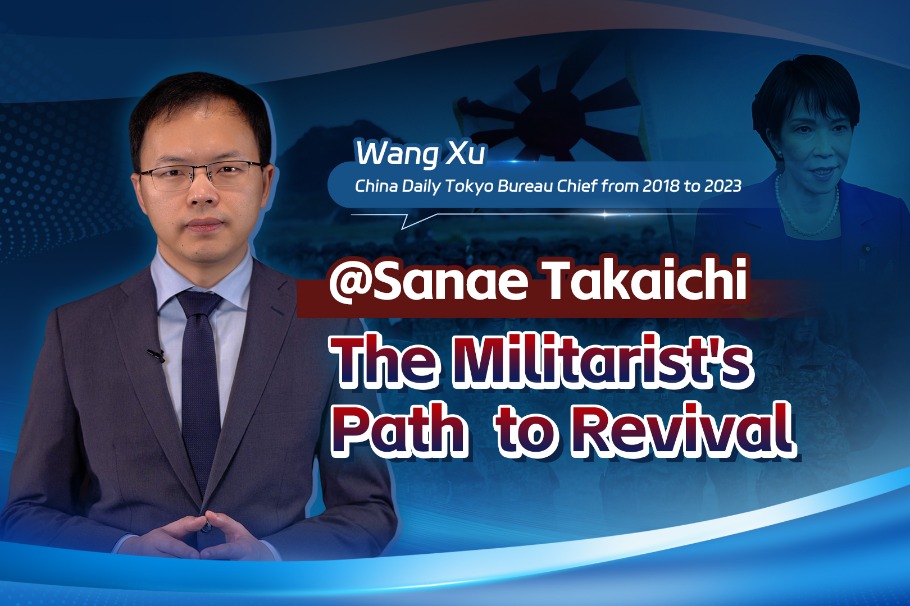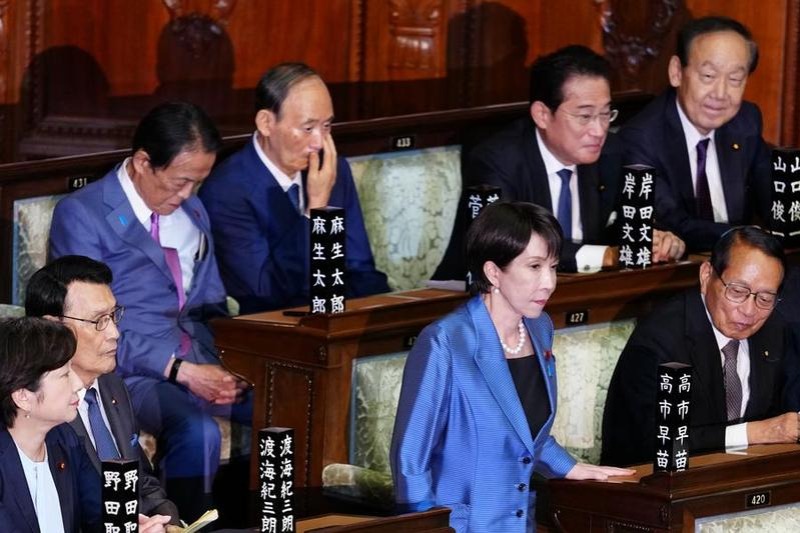Strategic competition shouldn't be zero sum


It is now widely accepted that the economic and technological relationship between the United States and China will be characterized by some combination of strategic cooperation and strategic competition.
Strategic cooperation is largely welcomed, because addressing shared challenges, from climate change and pandemics to the regulation of cutting-edge technologies, demands the engagement of the world's two largest economies. But strategic competition tends to be viewed as a worrisome, even threatening, prospect. It need not be.
Anxiety about Sino-US competition, particularly in the technological domain, reflects a belief on both sides that a national security-based, largely zero-sum approach is inevitable. This assumption steers decision-making in an unconstructive, confrontational direction, and increases the likelihood of policy mistakes.
In reality, there are good and bad forms of strategic competition. To understand the benefits of good competition, and how to reap them, one need only consider how competition fuels innovation within economies.
In advanced and high-middle-income economies, innovation in products and processes fuels productivity gains-a critical driver of long-term GDP growth. The public sector plays a key role in kickstarting that innovation, through human-capital investment and upstream science and technology research. The private sector then takes over in a dynamic competitive process-what economist Joseph Schumpeter famously called "creative destruction".
Per Schumpeterian dynamics, the enterprises that produce successful innovations acquire some transitory market power that in turn provides a return on investment. But, as others continue to innovate, they erode the first-round innovators' advantages. And the cycle of competition and technological progress continues.
But this process is not self-regulating, and there is a risk that the first-round innovators can use their market power to prevent others from challenging them. For example, they can deny or impede access to markets or acquire potential competitors before they get too big. Governments sometimes aid anticompetitive incumbents by subsidizing them.
To preserve competition, and all its far-reaching benefits for innovation and growth, governments must devise a set of rules that prohibit or discourage anticompetitive behavior. These rules are embedded in antitrust or competition policy, and in systems that define the limits of intellectual property rights.
The US and China are leaders in advancing many technologies that can drive global growth. But the extent to which they do so depends, above all, on their core objectives.
Like leading innovation-oriented enterprises within an economy, the primary goal might be technological dominance, that is, to establish and maintain a clear and persistent technological lead. To this end, a country would attempt both to accelerate innovation internally and to impede its biggest competitor, such as by denying it access to information, human capital, other key inputs or external markets.
This scenario is one of bad strategic competition. It undermines technological progress in both countries, and, indeed, in the entire global economy, not least by limiting the size of the total addressable market. Making matters worse, it serves an objective that is probably not achievable in the long run. As several recent studies have shown, China is rapidly catching up with the US in many areas.
With long-term technological dominance unlikely, countries might pursue a more practical and potentially beneficial objective. For the US, that objective is not to fall behind; for China, it is to complete the catch-up process in areas where it currently lags. In this scenario, both China and the US compete by investing heavily in the scientific and technological underpinnings of their economies.
This does not preclude policies aimed at increasing self-sufficiency and resilience. On the contrary, with trust among countries plummeting and systemic shocks proliferating, a totally open global economy, in which efficiency and comparative advantage are the defining considerations, is no longer an option. Already, global supply chains, investments and financial flows are being reshaped and reordered, with a bias toward reliable trading partners, and both China and the US have devised resilience-oriented strategies.
By itself, diversification is not an anticompetitive policy stance. China's Made in China 2025 and dual circulation development paradigm policies include provisions for bolstering China's technological prowess, while reducing dependence on foreign technology, inputs and even demand. Likewise, the bipartisan America Creating Opportunities for Manufacturing, Pre-Eminence in Technology, and Economic Strength Act of 2022(America COMPETES Act) seeks to enhance the country's scientific and technological capabilities and bolster its supply chains, not least by reducing dependence on imports from China.
Although the bill has not yet assumed its final form, its provisions can be made largely consistent with good strategic competition.
The one area where good competition is impossible is in matters of national security, defense and military capabilities. While many technologies can be used in conflict, those that are critical and used mainly for military and security purposes will need to be cordoned off from what is otherwise relatively open global technology competition.
The current danger is that too many technologies will be deemed relevant to national security and thus subject to zero-sum rules. This approach would have much the same effect as the misguided quest to achieve and maintain technological dominance, eroding the economic benefits of competition.
Ideally, countries should strive to reach or remain at the frontier of innovation, without trying to prevent others from challenging them. Internationally agreed rules are essential to uphold such a system, which would produce far more technological progress and global growth than a system dominated by a single technological player like the US, or a system with a no-holds-barred version of strategic competition.
Given substantial global economic headwinds-including aging population, large sovereign debt overhangs, rising geopolitical tensions and conflict, and supply-side disruptions-and growing investments to meet environmental and inclusiveness challenges, the world needs the benign form of strategic competition more than ever.
Project Syndicate
The views don't necessarily reflect those of China Daily.
The author, a winner of the Nobel Prize for Economics, is an emeritus professor at Stanford University.
If you have a specific expertise, or would like to share your thought about our stories, then send us your writings at opinion@chinadaily.com.cn, and comment@chinadaily.com.cn.


































